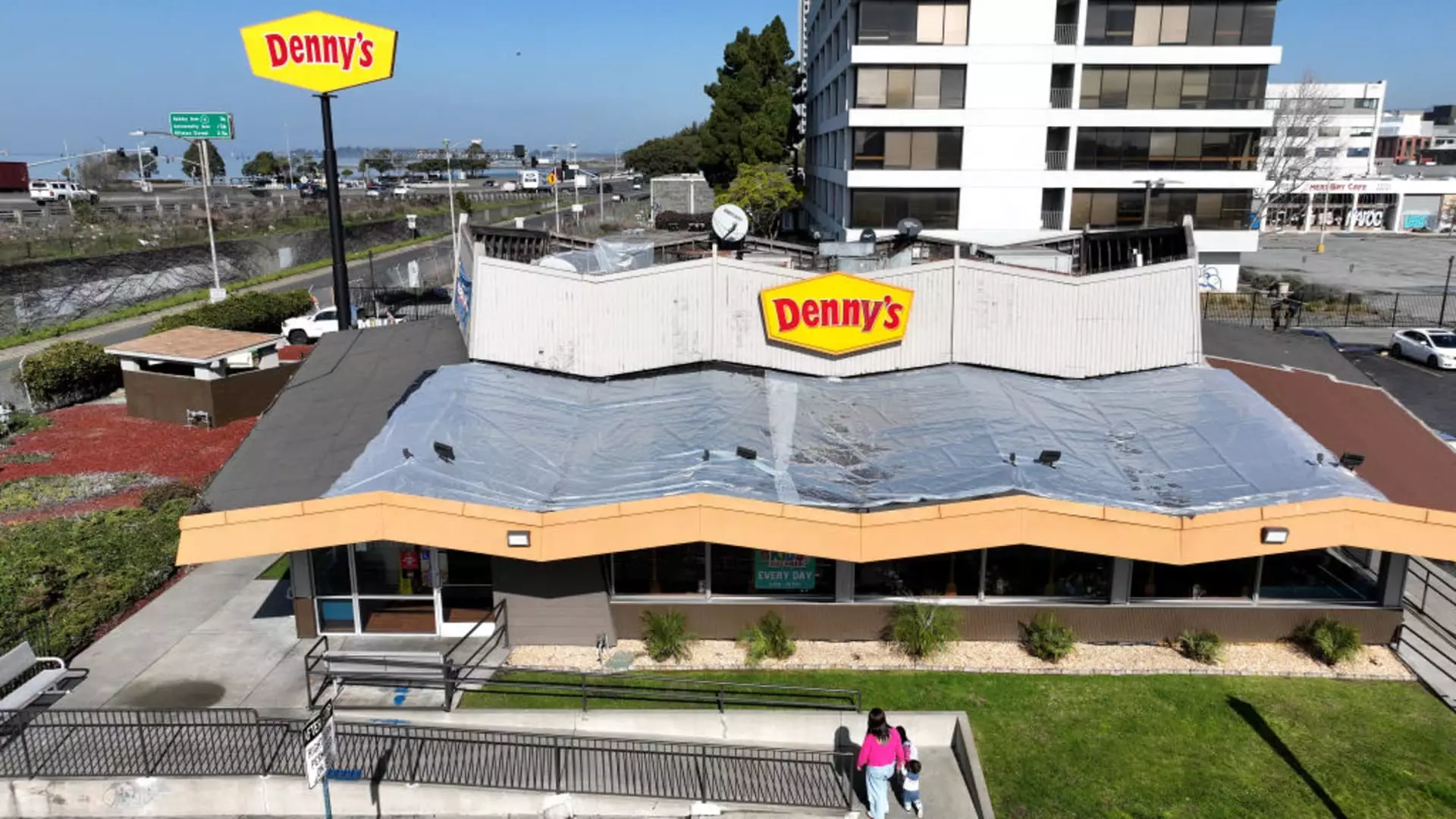The restaurant industry has long been considered a hallmark of the American economy. However, 2024 proved to be a challenging year, leading to significant disruptions. The confluence of inflation pressures and changing consumer behaviors has resulted in a dramatic decline in restaurant patronage, forcing many chains to reevaluate their operational strategies. This article will delve into the reasons behind the restaurant sector’s struggles, explore the closures of several notable chains, and analyze the potential long-term implications for the industry.
Inflation has been a persistent issue affecting virtually all segments of the economy, but none more visibly than the hospitality sector. In 2024, consumers became more discerning with their discretionary spending, gravitating toward dining options that promised better value and discounts. Data from Black Box Intelligence indicates a stark decline in restaurant visits across the United States in the first ten months of the year, a trend that highlighted the waning appetite for eating out. As financial pressures mounted, many diners chose to limit their expenditures, leading to decreased sales and a rise in bankruptcies unprecedented in recent years.
The Bankruptcy Surge and Company Closures
The combination of reduced consumer spending and operational challenges culminated in widespread bankruptcies, with 26 restaurant companies filing for Chapter 11 protection in 2024. This figure starkly contrasts with the 2020 pandemic height, where only a seemingly modest number of filings were recorded. Among the most adversely affected were casual dining chains, which have faced escalating competition from fast-casual alternatives that cater to modern diners’ preferences for convenience and quality. As chains like Chipotle and Sweetgreen have gained traction, the traditional casual-dining model has struggled to retain its customer base.
Significant Chains Reinventing or Reducing Their Footprint
Faced with this reality, several prominent chains have had to take drastic measures to stay afloat. Wendy’s, for instance, announced plans to close 140 underperforming locations, building on earlier closures throughout the year. CEO Kirk Tanner reassured investors that the company anticipated its overall restaurant count would remain stable due to new openings, an attempt to offset closures with fresh establishments. Applebee’s, likewise, announced the closure of 25 to 35 locations and has not seen an uptick in same-store sales in over six quarters—a clear indication of the brand’s ongoing challenges.
Denny’s management is also recalibrating its strategy by shuttering approximately 150 locations, primarily targeting those that have consistently underperformed. With the objective of enhancing same-store sales and overall profitability, Denny’s seems resigned to a shrinking landscape before planning future expansions. The 24-hour diner chain is indicative of a broader trend where restaurant operators are critically examining their portfolios to ensure long-term sustainability.
The emergence of fast-casual dining has dramatically reshaped the market dynamics, as many establishments failed to adapt to the new landscape. Red Lobster, for example, closed over 120 locations amid its own bankruptcy proceedings, reflecting the seafood chain’s struggle to rejuvenate a brand that once thrived. Seeking to change course, Red Lobster’s new ownership hopes that 2024 marked a turning point, one where closures are ceased and revitalization becomes their primary focus.
Similarly, fast-casual chain Noodles & Co. announced an impending closure of 20 restaurants as part of a broader evaluation of its operational performance. By revamping its menu and streamlining its offerings, the chain hopes to attract a broader customer base in an exceptionally challenging environment. However, the path to recovery remains uncertain, with same-store sales already showing consistent declines.
The Future of Dining: A Changed Landscape
Amidst the upheaval, the future of the restaurant industry may necessitate a reimagined strategy that incorporates consumer insights and feedback. The modern diner values convenience, quality, and the overall dining experience far more than traditional casual dining establishments might accommodate. As chains navigate this turbulent period and a scarcity of funding looms, they must not only adapt but also innovate.
2024 has been a watershed year for the restaurant industry, reflecting profound changes in consumer behavior and economic pressures. As chains shut their doors, the landscape of dining in America will likely shift significantly, paving the way for a new era characterized by a blend of adaptability, innovation, and a commitment to understanding the evolving demands of consumers. Failure to recognize and address these challenges could lead to more closures and an industry struggling to regain its footing in the years to come.

